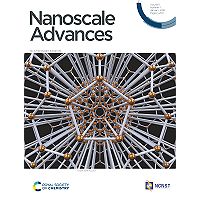The reliability of Ge-Sb-Te phase-change memory (PCM) devices has been limited by failure due to void formation and this still remains one of the critical issues affecting their use in storage-class memory applications. To directly observe the void formation processes in real-time, we implemented in situ switching of PCM devices by applying set and reset voltage pulses to a Ge2Sb2Te5 (GST) cell inside a transmission electron microscope (TEM). The in situ TEM observations directly show that a void nucleates preferentially near the TiN bottom electrode in the GST cell, where the temperature is the highest. The nucleated void grows gradually until it reaches a certain size while migrating slowly toward the positively biased electrode. The fully grown void then continues migrating toward the positively biased electrode in subsequent set pulses. The observed polarity-dependent void migration can be explained by the field-induced redistribution of the constituent elements, especially by the electromigration of under-coordinated Te- ions which have vacancies around them. When the reset pulse with the same voltage polarity is applied, the voids exhibit a slight volume shrinkage but are not completely eliminated, resulting in a reset-stuck failure. The present in situ TEM observations revealing the nucleation, growth, and polarity-dependent migration of voids will contribute to the fundamental understanding of the failure by void formation in nanoscale GST-based PCM devices and help improving the design of reliable PCM devices.

In situ TEM observation of void formation and migration in phase change memory devices with confined nanoscale Ge2Sb2Te5
Review badges
0 pre-pub reviews
0 post-pub reviews